1.What are the key considerations when choosing heavy duty tents for sale?
“Heavy-duty vendor tents” represent a pinnacle of durability and reliability, meticulously crafted for professional endeavors in the dynamic realm of outdoor events, markets, and trade shows. These tents stand as resilient bastions, meticulously engineered to weather the unpredictable elements while providing a steadfast shelter for businesses and vendors.
Crafted with an unwavering commitment to robustness, the frame of these tents often boasts materials of exceptional strength, with options ranging from resilient steel to lightweight yet durable aluminum. This structural foundation ensures not only stability but also a steadfast resistance to the wear and tear of frequent assembly and disassembly.
The canopy, a testament to both form and function, is typically fashioned from premium-grade materials like weather-resistant polyester or vinyl. This high-caliber fabric not only shields against capricious weather conditions, be it rain, wind, or the relentless rays of the sun, but also exudes an aesthetic appeal that aligns with the professional standards expected at such events.
Meticulously reinforced at critical junctures such as corners and joints, these tents exhibit a level of construction sophistication that transcends mere functionality. Adjustable legs provide a customizable height, allowing vendors to tailor their setups to the unique demands of their products or services, while an inherent user-friendliness ensures that the tents can be effortlessly erected and dismantled.
The inclusion of adjustable features is complemented by thoughtful design elements, such as sidewalls and supplementary accessories, which further fortify the tent’s protective cocoon. These additions not only shield against the vagaries of weather but also serve to create a more enclosed and intimate space, fostering a conducive environment for business transactions and interactions.
In essence, heavy-duty vendor tents epitomize the fusion of durability, functionality, and aesthetics, offering businesses a stalwart and sophisticated solution for their outdoor ventures. In the ever-evolving landscape of commercial events, these tents stand as not just shelters but as symbols of unwavering reliability, ensuring that businesses can make an indelible mark in any outdoor setting.
3.What distinguishes a heavy-duty shade canopy from regular canopies?
A heavy-duty shade canopy is distinguished from regular canopies by its robust construction, durable materials, and enhanced features designed to withstand challenging weather conditions and frequent use. Here are some key distinctions:
- Frame Material:
- Heavy-Duty: Typically, heavy-duty shade canopies have frames made of sturdy materials such as steel or reinforced aluminum. These materials provide increased strength and stability, making the canopy more resilient in adverse weather.
- Regular Canopies: Regular canopies may have frames made of lighter materials like lightweight aluminum or fiberglass, making them less durable and suitable for milder conditions.
- Canopy Material:
- Heavy-Duty: The canopy material of a heavy-duty shade canopy is often composed of high-quality, weather-resistant fabrics such as thick polyester or vinyl. This material provides better protection against UV rays, rain, and other harsh elements.
- Regular Canopies: Regular canopies may use lighter fabrics like nylon or polyester, which, while functional, may not offer the same level of durability and weather resistance.
- Construction and Reinforcements:
- Heavy-Duty: Heavy-duty shade canopies typically feature reinforced construction at critical points, such as corners and joints. This reinforcement enhances the overall stability and longevity of the canopy, making it suitable for frequent use.
- Regular Canopies: Regular canopies may have simpler constructions without the same level of reinforcement, making them more suitable for occasional use in milder conditions.
- Durability:
- Heavy-Duty: The primary distinction lies in durability. Heavy-duty shade canopies are built to withstand frequent assembly and disassembly, resist wear and tear, and endure exposure to varying weather conditions over an extended period.
- Regular Canopies: Regular canopies are generally designed for less demanding use, and their construction may not hold up as well under constant stress or harsh weather conditions.
- Weather Resistance:
- Heavy-Duty: Heavy-duty shade canopies are engineered to provide reliable protection against elements such as rain, wind, and intense sunlight. They often have features like waterproof coatings and UV-resistant materials.
- Regular Canopies: While regular canopies offer basic protection, they may not be as effective in extreme weather conditions or prolonged exposure to the elements.
- Intended Use:
- Heavy-Duty: These canopies are specifically designed for professional or commercial use in outdoor events, markets, trade shows, and other settings where durability and reliability are crucial.
- Regular Canopies: Regular canopies are more commonly used for recreational purposes such as picnics, camping, or casual outdoor gatherings where heavy-duty requirements are not a priority.
In summary, the key distinctions between a heavy-duty shade canopy and a regular canopy lie in the materials used, construction details, durability, and the intended level of use and environmental conditions. Heavy-duty canopies are engineered for robustness and longevity in challenging settings, making them a preferred choice for professional and commercial applications.
4.How many people can a heavy duty pop up canopy 10×20 accommodate?
The capacity of a heavy-duty pop-up canopy, like a 10×20 size, to accommodate people depends on the intended use and the specific layout of the event or activity. Here are some general guidelines:
- Standing Room Only:
- If the canopy is set up with no tables or chairs, it can provide standing room for a larger number of people. For a 10×20 canopy, it might comfortably accommodate around 20-30 people standing.
- With Tables and Chairs:
- If you plan to include tables and chairs under the canopy for a seated arrangement, the number of people it can accommodate will be reduced. A 10×20 canopy with tables and chairs might comfortably accommodate 10-15 people.
- Trade Show or Vendor Booth:
- For trade shows, vendor booths, or similar setups where you have display tables and products, the space required per person will vary. In such cases, the canopy might accommodate fewer people to allow for product displays and customer interactions.
- Social Distancing Considerations:
- In situations where social distancing is a concern, the capacity of the canopy should be adjusted to comply with recommended guidelines. The number of people accommodated may decrease to ensure adequate spacing.
It’s important to note that these estimates are approximate, and the actual capacity can vary based on factors such as the layout, the size and type of tables and chairs used, and any additional elements like displays or equipment. Additionally, local regulations and safety guidelines, especially in the context of events post-2020, may impact the allowable capacity for gatherings.
Before planning any event or activity under a canopy, it’s recommended to consider the specific needs of the occasion, the type of furniture or equipment to be used, and any relevant safety guidelines to ensure a comfortable and safe environment for attendees.
5.What is the life expectancy of Heavy duty pop up canopy?
The life expectancy of a heavy-duty pop-up canopy can vary depending on several factors, including the quality of materials, frequency of use, weather conditions, and how well it is maintained. Here are some general considerations:
6.Can the heavy-duty party tent withstand various weather conditions?
7.What is the lead time for ordering and receiving the heavy-duty outdoor canopy?
8.Can heavy duty 10×20 tent be used for residential and commercial purposes?
Yes, a heavy-duty 10×20 tent can be versatile enough to serve both residential and commercial purposes, depending on its design, features, and intended use. Here are considerations for both applications:
Residential Use:
- Outdoor Events: A 10×20 tent is suitable for various residential outdoor events such as parties, family gatherings, barbecues, and other celebrations. It provides shelter and shade for guests.
- Temporary Shelter: It can serve as temporary shelter for outdoor activities like camping, picnics, or providing shade for a backyard play area.
- Car Shelter: Some homeowners use 10×20 tents as temporary car shelters, protecting vehicles from the elements.
- Gardening and Outdoor Work: The tent can be utilized for gardening activities, providing shade for plants or creating a covered workspace for outdoor projects.
Commercial Use:
- Vendor Booths: A 10×20 tent is commonly used as a commercial vendor booth at markets, trade shows, fairs, and outdoor events. Its size allows for product displays and customer interactions.
- Outdoor Markets: Businesses selling merchandise or food at outdoor markets can use 10×20 tents to create a branded and sheltered space.
- Promotional Events: Companies often use these tents for promotional events, product launches, or outdoor marketing campaigns, providing a branded space for engagement.
- Temporary Retail: Retailers may utilize 10×20 tents as temporary pop-up shops or extensions for retail events, offering additional space for customers.
Considerations:
- Durability: For commercial use, it’s crucial to choose a heavy-duty tent with durable materials, reinforced frames, and robust construction to withstand frequent setup and takedown.
- Customization: Some businesses may want the option for customization, such as adding logos or branding elements to the tent.
- Permits and Regulations: Depending on local regulations, businesses may need to obtain permits for commercial use of tents in certain locations.
- Anchoring and Stability: Ensuring the tent is securely anchored is essential for both residential and commercial use, especially in windy conditions.
It’s important to note that heavy-duty tents designed for commercial use often feature reinforced frames, high-quality canopy materials, and additional accessories to meet the demands of frequent use. When selecting a tent for either purpose, consider factors such as durability, ease of setup, customization options, and any specific features needed for the intended use.
9.Does the heavy-duty canopy with sides come with a carry bag or storage solution?
The installation of a heavy-duty canopy, such as a 10×20 size, can generally be accomplished by one person, but the ease of installation may vary based on the specific design and features of the canopy. Here are some factors to consider:
- Pop-Up Design:
- Many 10×20 canopies are designed with a pop-up or instant setup mechanism. These canopies typically feature a collapsible frame that can be easily expanded and locked into place. A pop-up design is generally more user-friendly and allows for solo installation.
- Frame Material and Design:
- The type of frame and its design influence the ease of installation. Canopies with lightweight and collapsible frames, often made of aluminum or steel, are generally more manageable for one person to set up compared to larger or more complex structures.
- Quick Release Buttons or Mechanisms:
- Canopies with quick release buttons or mechanisms for adjusting the frame height contribute to easier setup. These features allow a single person to handle the installation process more efficiently.
- Assembly Instructions:
- Manufacturers typically provide assembly instructions with their canopies. Clear and detailed instructions make it easier for one person to follow the steps and set up the canopy without assistance.
- Experience and Familiarity:
- Familiarity with the canopy and prior experience in setting it up can significantly impact the ease of installation. Once a person becomes familiar with the assembly process, they may be able to handle it more efficiently on their own.
- Size and Weight:
- While a 10×20 canopy is relatively manageable, the weight and size of individual components can vary. Consideration should be given to the weight of the frame, canopy fabric, and any additional accessories. Lighter components are generally easier for one person to handle.
- Anchoring and Stability:
- While the frame can often be set up by one person, anchoring the canopy securely to the ground may require assistance. Windy conditions, in particular, may make it challenging for a single person to anchor the canopy effectively.
It’s important to note that, despite the potential for solo installation, having an extra pair of hands can be helpful, especially when dealing with larger canopies or adverse weather conditions. If you anticipate installing the canopy frequently or under challenging conditions, it may be beneficial to practice the setup process and, if possible, seek assistance for added convenience and efficiency. Always follow the manufacturer’s guidelines and safety recommendations during the installation process.



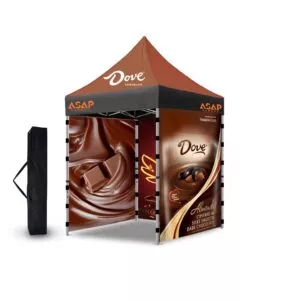
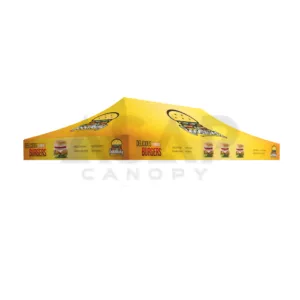
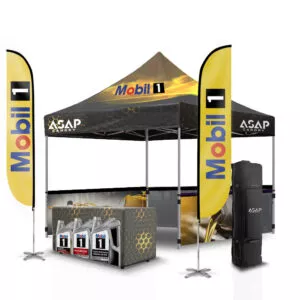
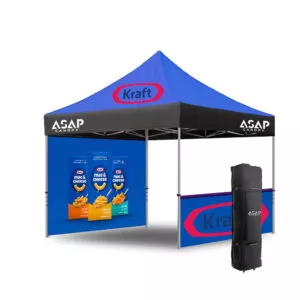
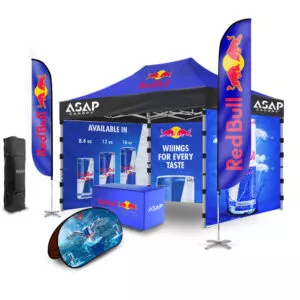
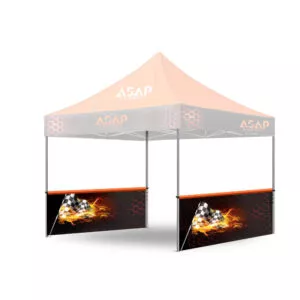

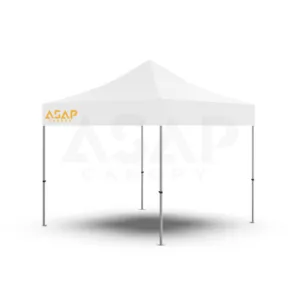
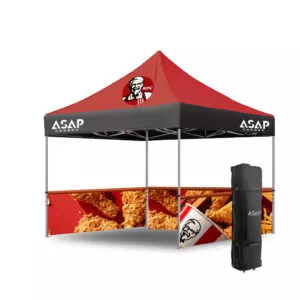

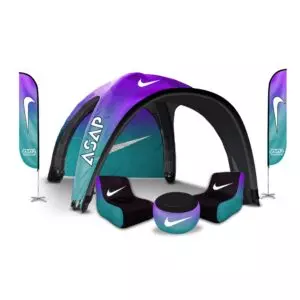
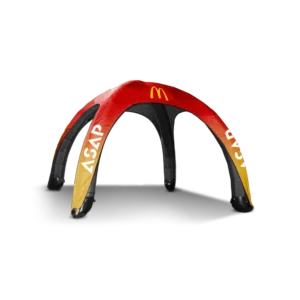
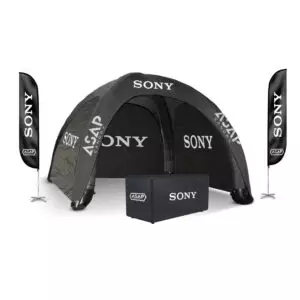
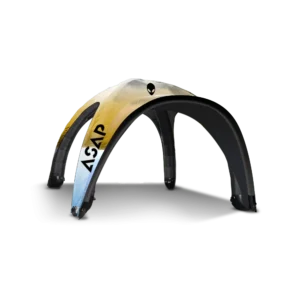
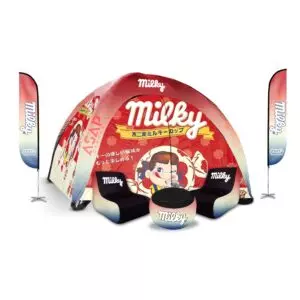

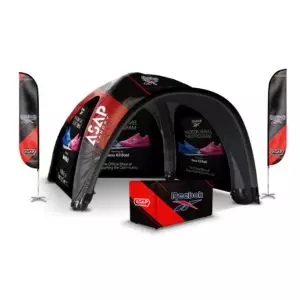
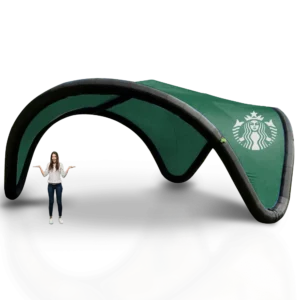
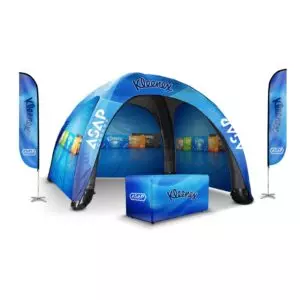

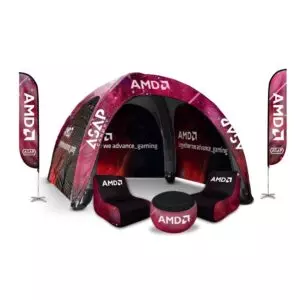
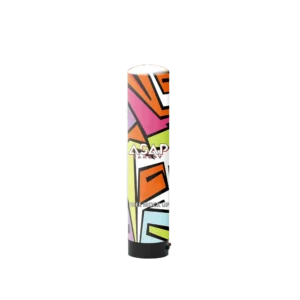

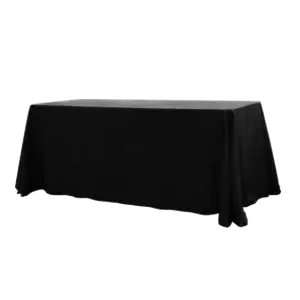

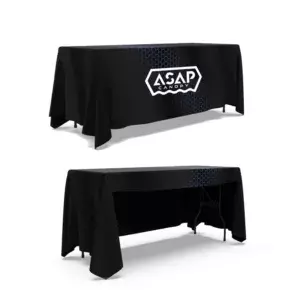

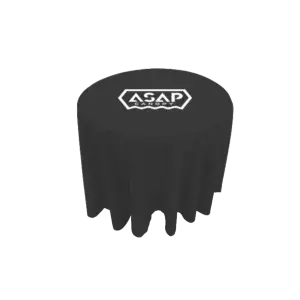
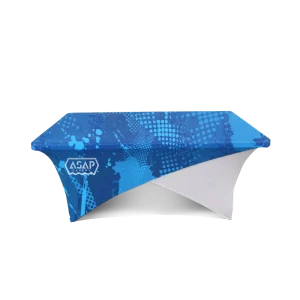
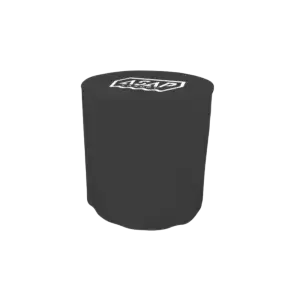
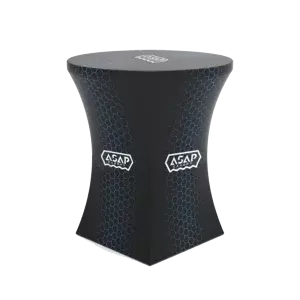
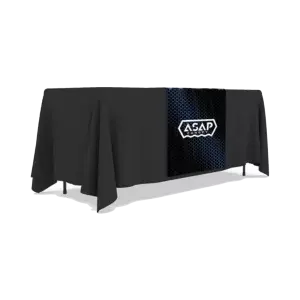
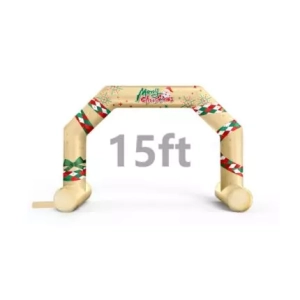
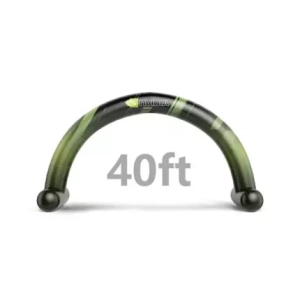
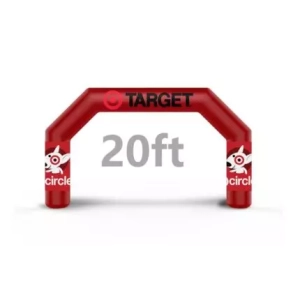
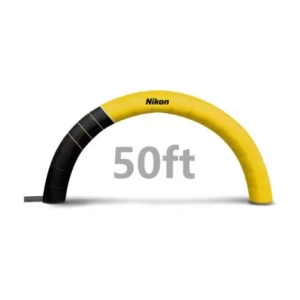

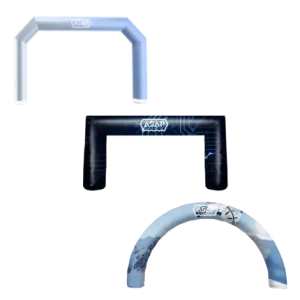
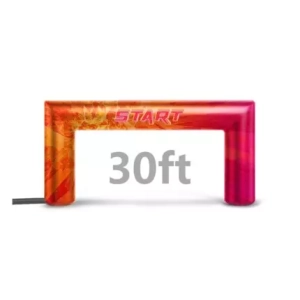



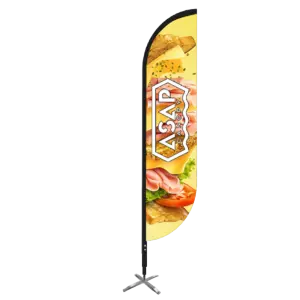
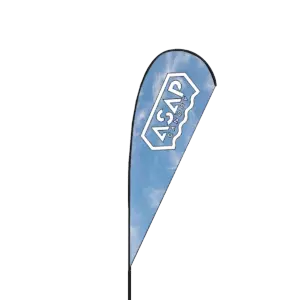
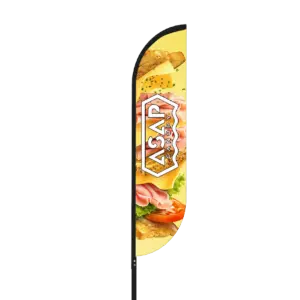

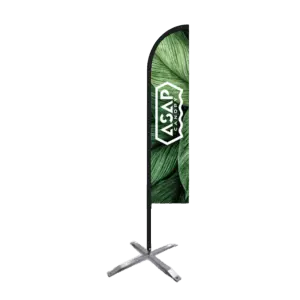

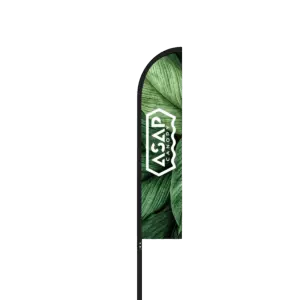



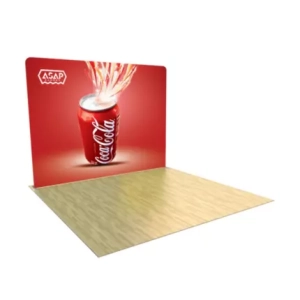
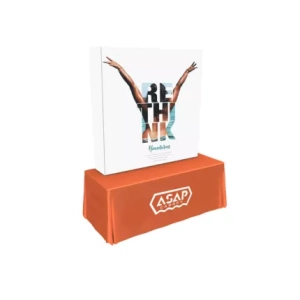
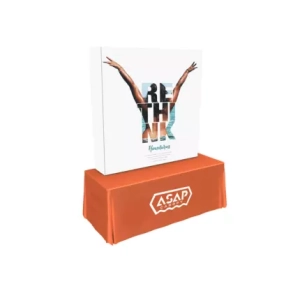
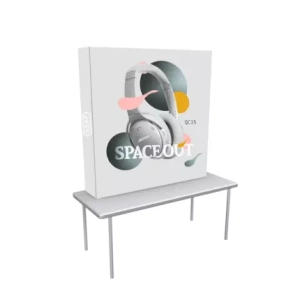
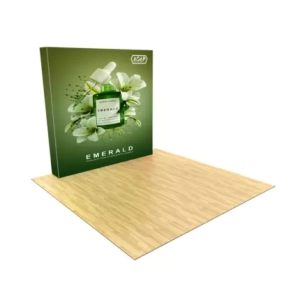
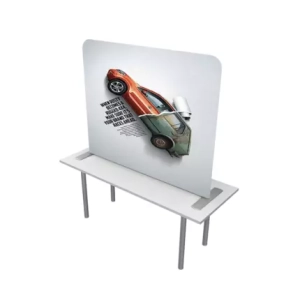
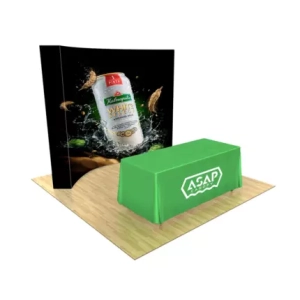
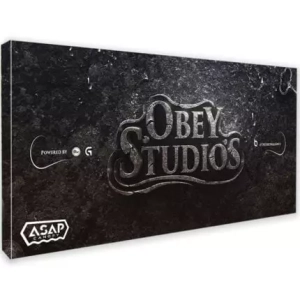




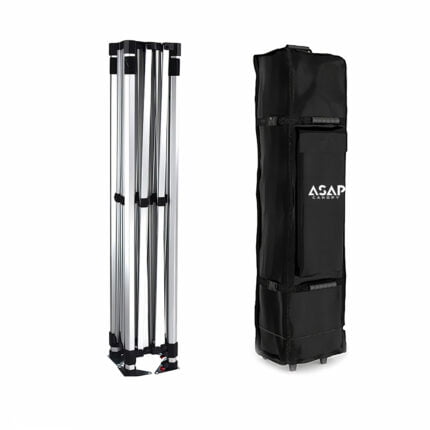
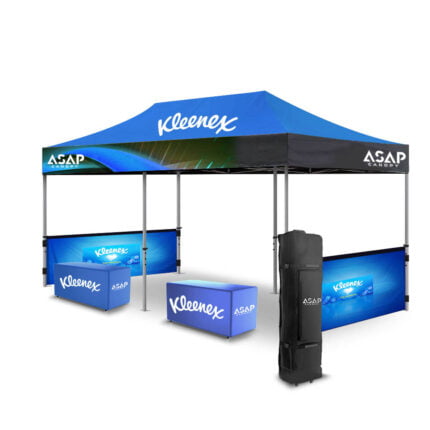

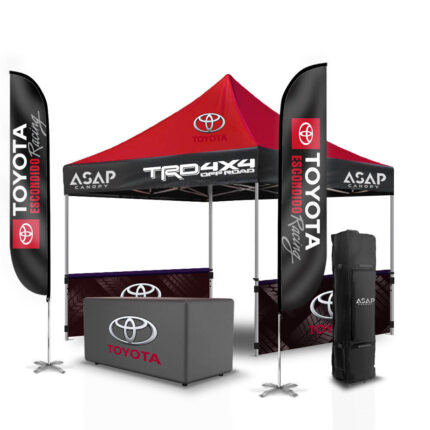
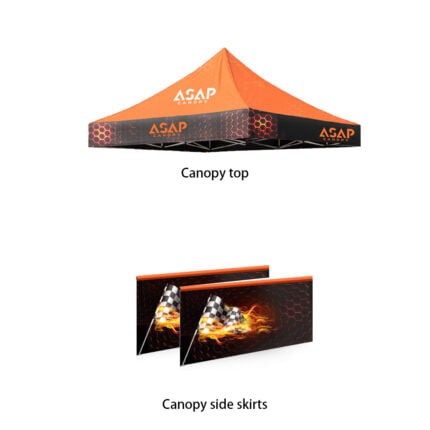

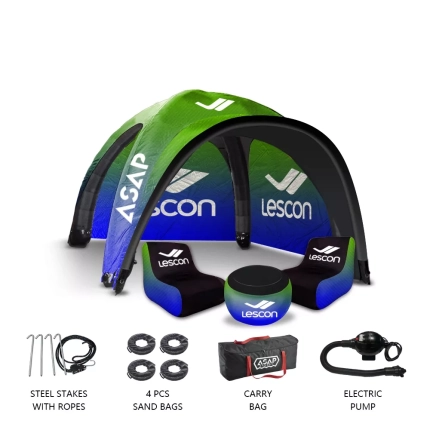

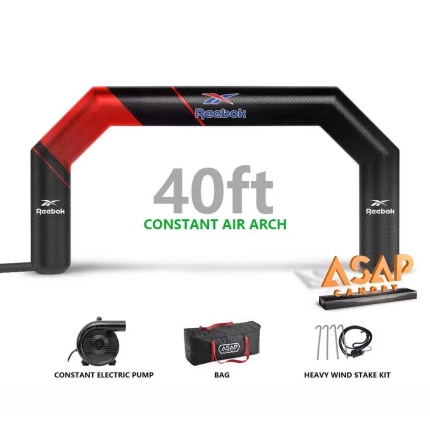
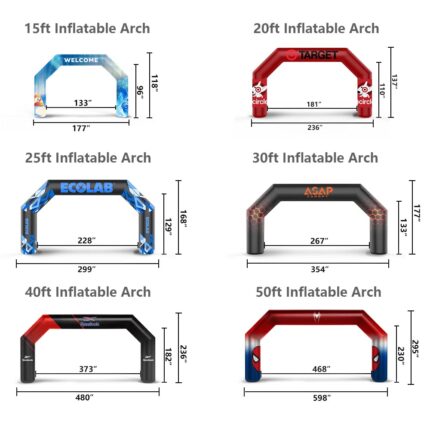
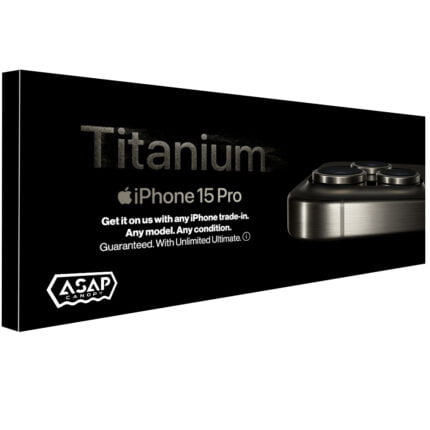
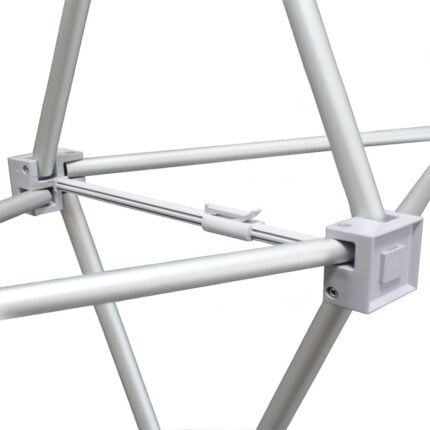

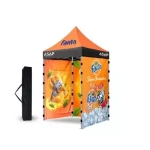 5×5 Pop Up Tent
5×5 Pop Up Tent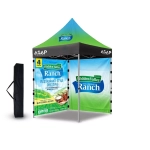 6.5×6.5 Pop Up Tent
6.5×6.5 Pop Up Tent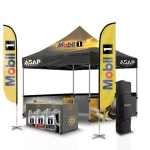 10×10 Canopy Tent
10×10 Canopy Tent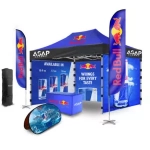 10×15 Canopy Tent
10×15 Canopy Tent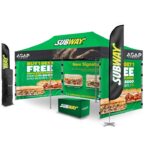 10×20 Canopy Tent
10×20 Canopy Tent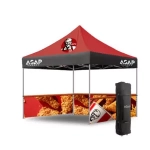 Canopy Options
Canopy Options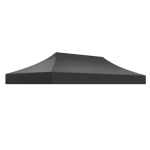 Blank Canopy Top
Blank Canopy Top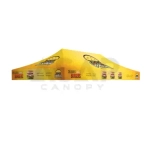 Canopy Top
Canopy Top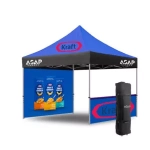 Canopy Walls
Canopy Walls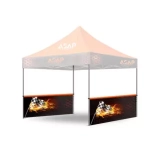 Canopy Side Skirt
Canopy Side Skirt Blank Canopy
Blank Canopy Blank Canopy Kit
Blank Canopy Kit
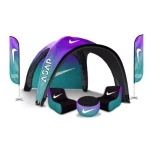 Inflatable Canopy Tents 10×10
Inflatable Canopy Tents 10×10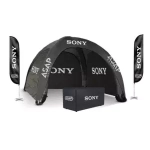 Inflatable Canopy Tents 13×13
Inflatable Canopy Tents 13×13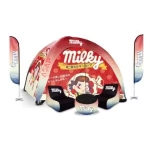 Inflatable Canopy Tents 16×16
Inflatable Canopy Tents 16×16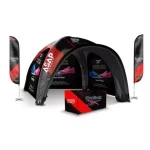 Inflatable Canopy Tents 20×20
Inflatable Canopy Tents 20×20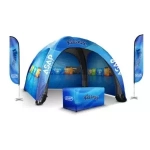 Inflatable Canopy Tents 23×23
Inflatable Canopy Tents 23×23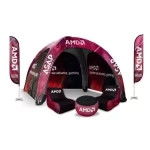 Inflatable Canopy Tents 26×26
Inflatable Canopy Tents 26×26 Inflatable Spider Tents
Inflatable Spider Tents Inflatable Dome Tents
Inflatable Dome Tents Inflatable Eclipse Tents
Inflatable Eclipse Tents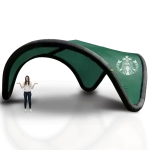 Inflatable Party Tent
Inflatable Party Tent Inflatable Furniture
Inflatable Furniture Inflatable Pillar
Inflatable Pillar
 Single Pole Star Tents
Single Pole Star Tents Double Pole Star Tents
Double Pole Star Tents
 15FT Inflatable Arches
15FT Inflatable Arches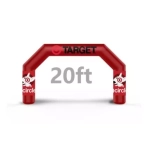 20FT Inflatable Arches
20FT Inflatable Arches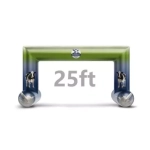 25FT Inflatable Arches
25FT Inflatable Arches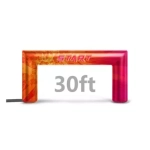 30FT Inflatable Arches
30FT Inflatable Arches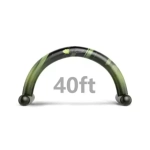 40FT Inflatable Arches
40FT Inflatable Arches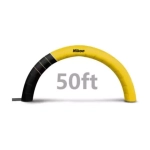 50FT Inflatable Arches
50FT Inflatable Arches Custom Constant Arches
Custom Constant Arches Custom Sealed Arches
Custom Sealed Arches
 Fitted Table Covers
Fitted Table Covers Stretch-Fit Table Covers
Stretch-Fit Table Covers Loose Table Throws
Loose Table Throws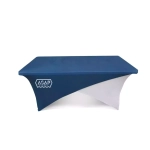 Cross-Over Stretch-Fit Table Cover
Cross-Over Stretch-Fit Table Cover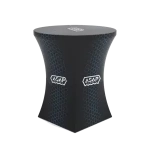 Round Stretch-Fit Table Cover
Round Stretch-Fit Table Cover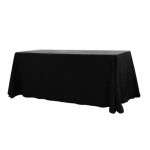 Blank Table Throws
Blank Table Throws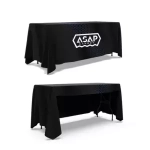 3-Sided Loose Table Throw
3-Sided Loose Table Throw Round Fitted Table Covers
Round Fitted Table Covers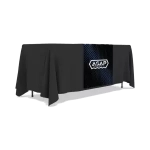 Table Runners
Table Runners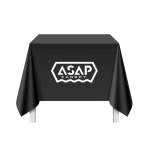 Square Table Covers
Square Table Covers
 Feather Flags
Feather Flags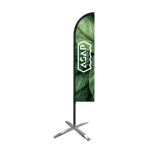 Blade Flags
Blade Flags Feather Banner
Feather Banner Blade Banner
Blade Banner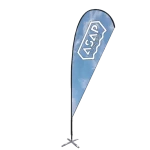 Teardrop Flags
Teardrop Flags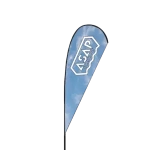 Teardrop Banner
Teardrop Banner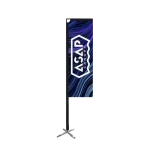 Rectangle Flags
Rectangle Flags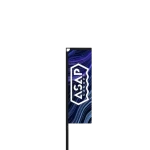 Rectangle Banner
Rectangle Banner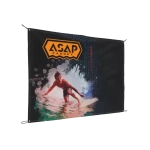 Mesh Event Banners
Mesh Event Banners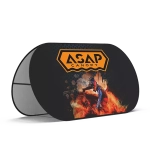 Pop Out Banner Horizontal
Pop Out Banner Horizontal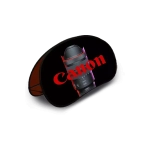 Pop-Out Banner Vertical
Pop-Out Banner Vertical
 Trade Show Display
Trade Show Display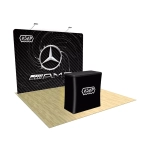 Trade Show Display Kit
Trade Show Display Kit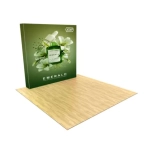 Pop Up Trade Show Display
Pop Up Trade Show Display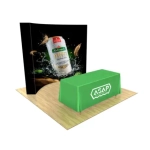 Pop Up Trade Show Display Deluxe Kit
Pop Up Trade Show Display Deluxe Kit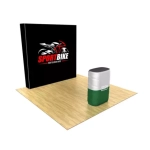 Pop Up Trade Show Display Kit
Pop Up Trade Show Display Kit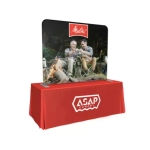 TableTop Displays Kit
TableTop Displays Kit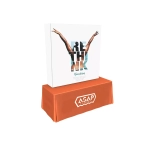 Pop Up Tabletop Display Kit
Pop Up Tabletop Display Kit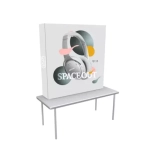 Pop Up Tabletop Display
Pop Up Tabletop Display Tabletop Display
Tabletop Display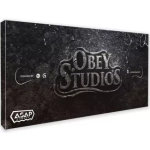 Straight Trade Show Exhibit Booth
Straight Trade Show Exhibit Booth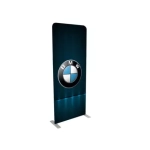 Banner Stand
Banner Stand
 Tent Accessories
Tent Accessories Flag Accessories
Flag Accessories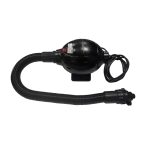 Arch Accessories
Arch Accessories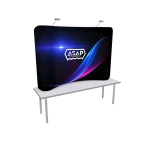 Trade Show Accessories
Trade Show Accessories
